Parasympathetic & Sympathetic Nervous System
Our nervous system plays a huge role in our response to stress. The nervous system can be sub-divided as follows:
The Central Nervous System (CNS) is made up of the brain and spinal cord, and the Peripheral Nervous System consists of all the nerves that run from the brain and spinal cord, throughout the body.
The Peripheral Nervous System can be further divided into the Somatic Nervous System - which carries sensory signals from the body to the CNS and motor signals from the CNS to skeletal muscles; and the Autonomic Nervous System - which regulates autonomic functions that tend to be beyond our conscious control, such as our heartbeat, temperature regulation and digestion.
The Autonomic Nervous System can be sub-divided into the Sympathetic Nervous System (SNS) - the more stimulatory and energy-expending system, which controls things like the ‘fight or flight’ response; and the Parasympathetic Nervous System (PNS) - the more calming, energy-conserving system, which controls things like, rest, digestion, repair and reproduction.
For example, if you're scared, the sympathetic nervous system causes your heart rate & blood pressure to increase, and it sends blood to your muscles, to allow you to fight or flee. However, if you're relaxed and eating a meal, then your parasympathetic nervous system becomes more active, and slows your heart rate, encourages digestion, and rest.
Unfortunately, many of us live in a sympathetic-dominant state the majority of the time. This can lead to sympathetic dominance, which correlates with many other health issues, such as poor weight management, food cravings, impaired sleep quality, low moods, and reduced self-esteem.
The sympathetic nervous system is usually driven by adrenaline. Much to our body’s inconvenience, it isn’t able to tell the difference between adrenaline amping you up from a physical threat, or your body responding to that massive cup of coffee you’ve just consumed.
It's important to recognise the balance between these branches of the nervous system. We want to have a synergistic balance between both systems to ensure we're able to respond to danger when necessary. On the other hand, we also want to relax, rest, digest when we are eating a meal, and slow down when we're getting ready for sleep.
To make changes to our health and tap into our parasympathetic nervous system, it's important to recognise the signs that indicate we're in a sympathetic state in the first place:
Is your tongue currently sitting at the roof of your mouth? This is a strong indication that your body is currently in a sympathetic state. This is also a great tool to use to check and see where your body is at. Remember that at times we certainly want our tongue on the roof of our mouth — like when we’re running away from a lion in the wild or even whilst reading and concentrating on this article.
Do you suffer from the afternoon slump? This is a good sign that there is a significant cortisol dysregulation in the body, which is directly correlated with a body that consistently sits in a sympathetic state.
Are you waking in the morning feeling fatigued and unrefreshed? Those individuals who find themselves in sympathetic dominance also struggle to experience good-quality, deep sleep throughout the night. Hence the low energy levels when waking in the morning.
Would you describe yourself as ‘tired but wired’ upon getting into bed at night? This again is a significant sign that your body is in a sympathetic dominant state. It is also another good indicator as to why you are also not waking refreshed in the morning. Those who have a beautiful balance between both the SNS and PNS are ready for bed and sleep around sundown and wake feeling refreshed and ready to take on another day at sunrise.
Now for the most important points of the article, here are some ways you can really activate your parasympathetic nervous system:
Breathwork is one of the easiest ways to activate our parasympathetic nervous system. Diaphragmatic or box method breathing is highly effective and can be done anywhere, anytime and free of charge! Try implementing these breathing techniques before consuming a meal to optimise the digestive processes and absorption of nutrients.
Spending time outdoors and getting your daily dose of vitamin D from that beautiful midday sun is a fantastic way to reset your nervous system and down-regulate the body’s sympathetic response. Vitamin D absorption is always greater in areas of the body that wouldn’t usually see the sun. (YES! We are thinking the boobies!)
Magnesium baths - well what aren’t these babies good for? If you suffer from poor-quality sleep, a magnesium bath before bed, with some beautiful vetiver and lavender essential oils added, is going to be an absolute lifesaver for your nervous system.
Both meditation and yoga are heavily supported with wonderful research on their positive impact on the nervous system and many other areas of individual health. A daily 10-20 minute meditation and 1-3 yoga sessions each week will really help you to strengthen your nervous system and tap out of a sympathetic dominant state.
